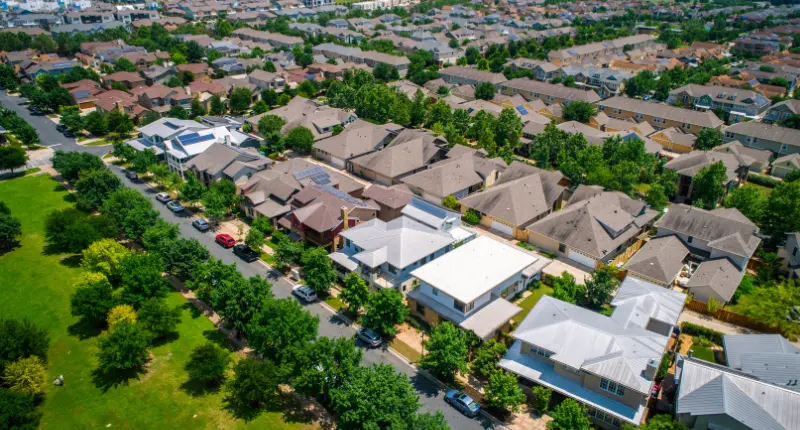- Only 14% of occupiers believe their existing office portfolios align with their business objectives.
- Both landlords and occupiers are looking for greater lease flexibility and agility over the next five years.
- The demand for shorter and more flexible leases and pay-per-use services calls for business model reinventions.
COVID-19 has caused unprecedented disruption in the office sector and that’s expected to continue as the asset class faces a “full state of flux” according to a new report.
According to a report by the Urban Land Institute (ULI) and The Instant Group, while many companies embraced remote work during the pandemic, the physical office still has a key role to play in occupiers’ workplace strategies.
However, the report found that only 14% of occupiers believe their existing workspace portfolios align with their business objectives and strategies.
This underscores the need for flexibility, communication, and collaboration between parties on services, spaces, and amenities that realize an asset’s full potential.
The importance of Activity-Based Working (ABW)
The report said, “We are no longer in a world of ‘build it, and they will come.”
“Activity-based working is the office goal, and flexibility, communication, and collaboration between parties on services, spaces, and amenities that realize an asset’s full potential is essential.”
The report is based on a survey of 285 respondents made up of office occupiers, landlords, and third-party advisors and supplemented with leading industry expert interviews and two roundtables.
The survey found that landlords (80%) and occupiers (75%) expect greater lease flexibility and agility over the next five years, however, there is less alignment on longer-term priorities.
Of the top five factors occupiers and landlords see as key features driving workplace strategies, they only agree on one in terms of ranking and importance: attractiveness to talent was rated number one for both.
The report highlights several essential factors that occupiers and office space providers will need to consider as they navigate the challenges and changing demands of the office market including incorporating activity-based working (ABW), office design principles to optimise the use of office space and developing services and amenities that facilitate collaboration and independent, focused work.
The shift in business models and opportunities
Landlords will also need to consider offering flexible office space and leasing arrangements to cater to the evolving needs of tenants.
The research found that occupiers are increasingly looking for office spaces that offer a variety of amenities and services, including F&B options, outdoor spaces, on-site childcare facilities, gyms, and event and convention spaces. Monetizing these spaces will be key for landlords, and occupiers have indicated a willingness to pay for these amenities and services on a per-use basis rather than as part of their overall rental rate.
The report said around 60 per cent of occupiers surveyed said they would pay for access to fitness centres on a per-use basis, while over 80 per cent said they would pay for food and beverage amenities on a per-use basis.
They also found that occupiers are willing to pay higher rents for buildings that offer these amenities.
The report also notes that changing occupier demands and the necessary response from landlords are inevitably causing disruption to business models. Landlords are having to adapt legacy business models, particularly around lease structures and valuations, to meet the service level agreements now required from occupiers.
The report said, “While business models are still being adjusted, the most significant shifts are coming from shorter and more flexible leases and re-evaluating capex requirements.”
The challenges facing the industry ahead
Despite the challenges facing the office sector, the report said that the office remains a critical asset for businesses, particularly as a way to attract and retain talented workers and optimize their productivity.
However, there is still much work to be done to align the needs and priorities of occupiers and landlords.
“There is broad agreement from both landlords and occupiers on the direction of travel, but it is in the details that challenges emerge.”








